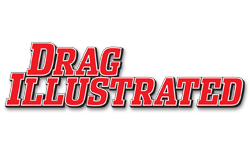Personality, Context, and Resistance to Organizational Change
The article proposes and tests a model of resistance to organizational change. Contrary to most works on resistance, resistance was conceptualized here as a multifaceted construct. Relationships among resistance components and employees’ personalities, the organizational context, and several work-related outcomes were examined. Through a study of 177 employees, both personality and context have been found to significantly associate with employees’ attitudes towards a large-scale organizational change. These attitudes were, in turn, significantly associated with employees’ job-satisfaction, organizational commitment, and intention to leave the organization.









